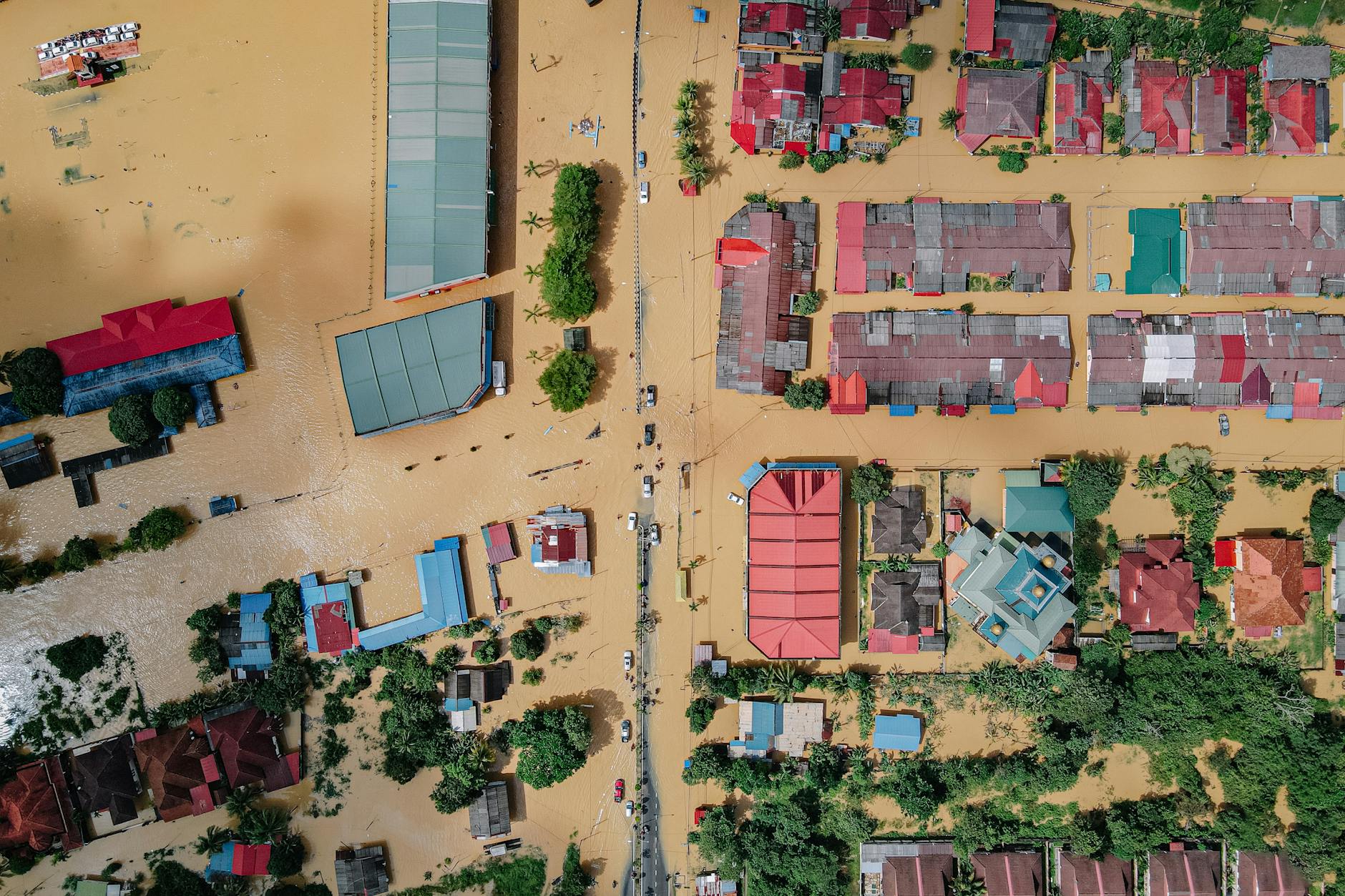**Dion Brant Appointed as President & CEO of AEG Presents Asia Pacific**
*Big moves are unfolding in the world of live entertainment as AEG Presents names a seasoned powerhouse to lead its Asia Pacific division.*
—
## Dion Brant Takes the Helm of AEG Presents Asia Pacific
In a major leadership announcement poised to shape the future of live entertainment across the region, **AEG Presents** has appointed **Dion Brant** as the **new President and CEO of AEG Presents Asia Pacific**, effective immediately. The respected industry veteran will continue to be based in Melbourne, Australia.
Brant will report directly to **Adam Wilkes**, President and CEO of AEG Presents Europe and Asia Pacific, while also maintaining his dual roles as CEO and Board Director at *Frontier Touring*, one of the region’s most influential concert promoters.
—
## A Proven Leader in Live Entertainment
With a deep history in music and live events, Dion Brant brings extensive expertise and leadership to his new post. Under his stewardship, *Frontier Touring*—part of the Mushroom Group and a partner of AEG Presents—has become a dominant force in Australasia’s concert market. Known for delivering show-stopping tours for legendary artists and rising stars alike, Brant’s strategic acumen has helped transform the live music experience across the region.
Over recent years, Brant has spearheaded initiatives that expanded the company’s reach while adapting rapidly to the shifting demands of an evolving entertainment landscape, including the challenges posed by the pandemic.
—
## What This Means for AEG Presents in the Region
This leadership transition marks a significant move for AEG Presents as it continues to invest in the Asia Pacific market. The region holds enormous potential, from established hubs like Sydney and Tokyo to emerging live music scenes in Southeast Asia.
Adam Wilkes expressed full confidence in Brant’s leadership, highlighting his “exceptional business instincts and deep-rooted relationships across the industry.” With Brant at the helm, AEG Presents Asia Pacific aims to deliver more unforgettable shows, strengthen regional partnerships, and continue to grow its influence as a live music juggernaut.
—
## Frontier Touring & AEG Presents: Stronger Together
Brant’s dual role across Frontier Touring and AEG Presents is no coincidence—it underscores the interconnected future of the two entities. The synergy between these companies has already produced blockbuster events and is expected to propel the Asia Pacific live entertainment business to greater heights.
By bridging key relationships and streamlining operations through cohesive leadership, this move is set to streamline large-scale event planning and execution across territories.
—
## Looking Ahead: Expanding the Concert Experience
With Asia Pacific being one of the fastest-growing music markets globally, Dion Brant’s appointment represents a strategic accelerator for AEG Presents. From arena tours to festival stages, the vision going forward is clear: elevate the fan experience, grow the base of touring talent, and expand the company’s influence in a rapidly developing region.
—
## Final Thoughts: A New Era for Live Music in Asia Pacific
Dion Brant’s new role as President and CEO of AEG Presents Asia Pacific heralds a transformative chapter for the region’s live entertainment industry. With his deep experience and proven track record, fans can expect bigger tours, bolder productions, and more unforgettable musical moments.
**Are you excited to see what the future holds for live music in the Asia Pacific? Stay tuned for more updates on the concerts and experiences heading your way.**








